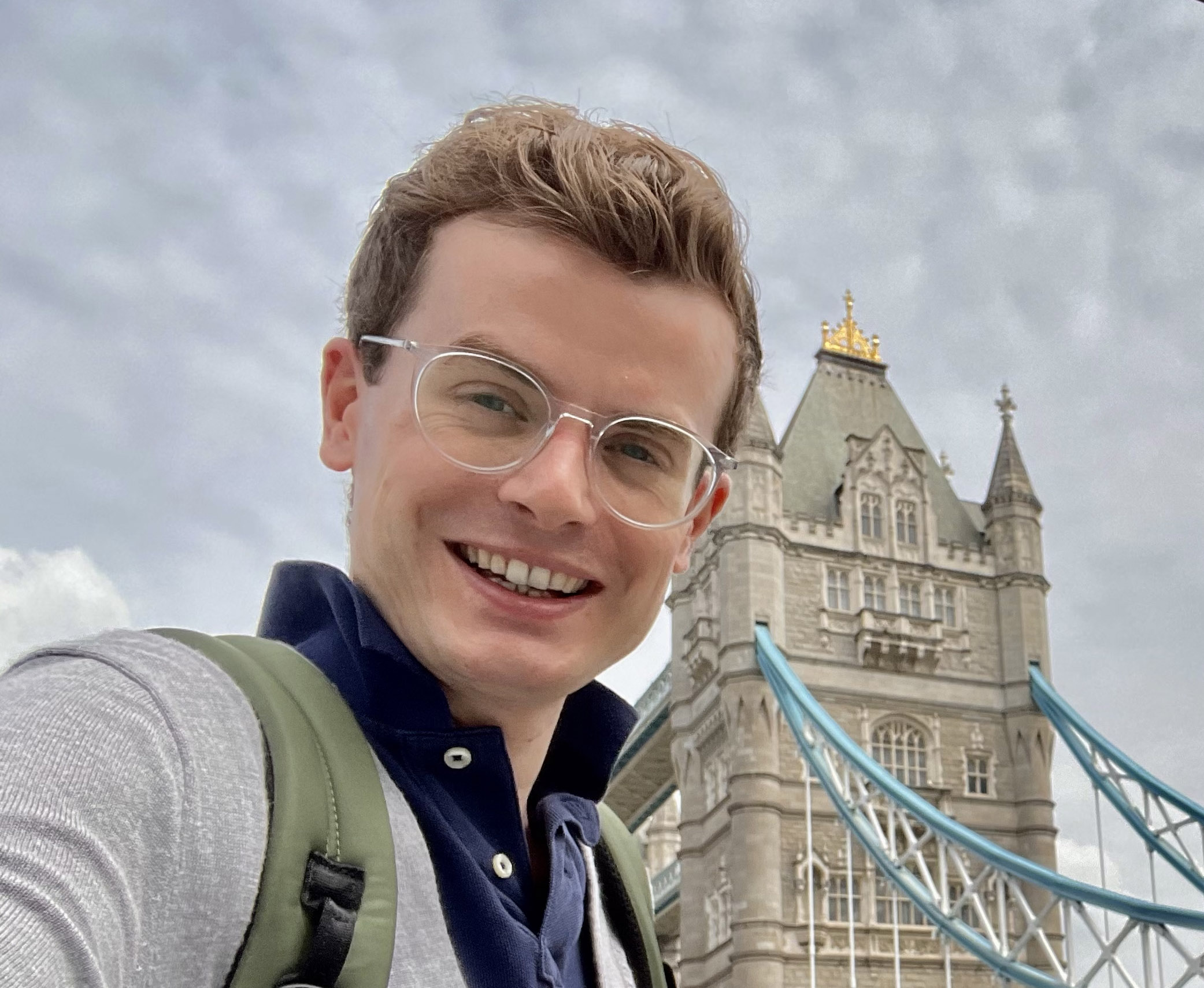Why do faces become less symmetrical with age?
The answer could help plastic surgeons determine when (or not) to operate.

Look at any newborn baby, and their cute little face will likely appear almost entirely symmetrical. But with age, that wee babe will accrue wrinkles, drooping skin and maybe even scars that accentuate asymmetry.
In fact, research has shown that the impact of aging isn't limited to wrinkles and fine lines; our faces actually change shape as we get older.
This raises a question: Why do our faces become more asymmetrical with age?
Related: How many calories can the brain burn by thinking?
That's a question that Helena Taylor, an assistant professor of surgery at Mount Auburn Hospital (a Harvard Medical School teaching hospital) in Massachusetts, began to ponder a few years ago when she was trying to find ways to make plastic surgery procedures more data-driven. The goal of reconstructive plastic surgery, such as repairing a face after trauma, is usually to bring the features closer to symmetry. However, almost all faces have some degree of natural asymmetry.
So how far should a plastic surgeon like Taylor go to achieve such symmetry?
"I started imaging all the kids that came in for facial reconstruction, and it became clear that we didn't have data on what a normal amount of asymmetry is," she told Live Science. "I figured we should image some people who hadn't had interventions or trauma."
Get the world’s most fascinating discoveries delivered straight to your inbox.
In a 2018 research paper published in the journal Plastic and Reconstructive Surgery, Taylor and her colleagues used three-dimensional photography to render detailed images of 191 volunteers between the ages of about 4 months and 88 years. A computer algorithm then calculated and quantified each participant's facial symmetry.
"We wanted to look and see if there were any factors that correlated with asymmetry in our results, and it turned out, there's a fairly linear relationship between age and asymmetry," Taylor said. "We also looked at gender and race, but they didn't correlate with asymmetry, whereas age clearly did."
Taylor proposed a possible explanation for the link. "I think it's probably because the normal forces that act on faces over time don't do so equally, and also [facial features] grow differently, she said. For example, just because your skin starts to sag on one side of your face, doesn't mean it's happening at the exact same rate on the other side. "Over time, that adds up," Taylor said. "This phenomenon probably isn't limited to the face, either."
Taylor hopes findings such as these could help to guide plastic surgeons someday. "There are a number of disorders, such as a cleft lip, which require multiple operations over a long period of time," she said. At the moment, it's largely left to individual surgeons to decide when the end goal of those surgeries has been reached, but that could change.
"Being able to use this tool to follow a patient until you can show that they're within the range of the normative population would be great," Taylor said. "It would add quantitative data to the decision and be used to figure out when we should stop operating on people." So don't expect your face to look nearly as symmetrical as a baby's, and know that you're in good company if you have a few facial asymmetries.
Originally published on Live Science.

Benjamin is a freelance science journalist with nearly a decade of experience, based in Australia. His writing has featured in Live Science, Scientific American, Discover Magazine, Associated Press, USA Today, Wired, Engadget, Chemical & Engineering News, among others. Benjamin has a bachelor's degree in biology from Imperial College, London, and a master's degree in science journalism from New York University along with an advanced certificate in science, health and environmental reporting.



